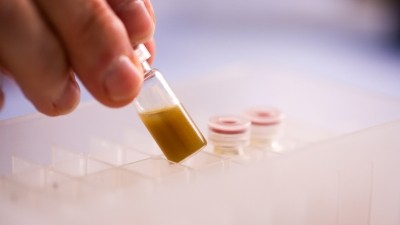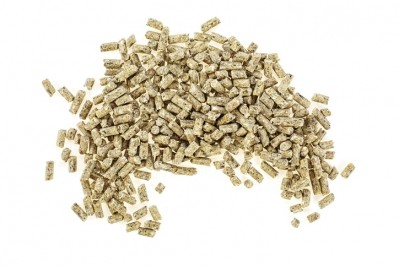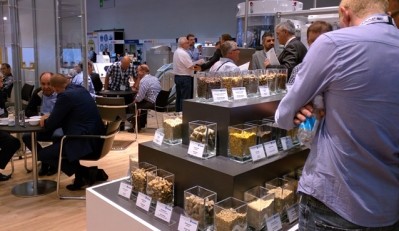Alltech gives feed production tech to University of Illinois feed mill project

The University of Illinois is in the process of building the new feed technology center to replace a feed mill initially constructed about 90 years ago, said Rodney Johnson, professor and head of the animal science department at the university. “It’s really old and outdated, and we can’t use for teaching purposes – although it still produces the feed for animals on the [university’s] south farms,” he added.
The project was approved by the university’s Board of Trustees in November.
“We’ll actually be breaking ground in June with an anticipated competition date of mid-August in 2020,” Johnson told FeedNavigator. Alltech’s donated equipment is set to be located at the new facility.
The gift from the Kentucky-based feed additive and ingredient company will provide additional opportunities for students, said Johnson. “We’re not currently able to do extrusion diets,” he added.
The donated extrusion system and additional processing equipment will change that, he said. The site plan for the new mill includes an annex location to house the equipment but did not cover the cost of the extrusion technology.
Although a new feed production space has been of interest for several years there have been challenges establishing the needed funding, he said. Additional partners interested in participating in the project are still being sought.
“It’s being funded through a public-private partnership,” Johnson said. “It’s different than typical projects at a state university where you have to have 100% [of the funding] upfront – that allows us to get this done in a timely manner.”
Feed facility highlights
At this stage in the project, design plans for the multi-acre site are in progress, said Johnson.
“The conceptional design has been approved – we know what’s going to be included in the project, and we’ll be going over more detailed construction plans in the next week,” he said.
The feed mill will have an expanded micro-bin system to allow for the use of additional ingredients in the feeds prepared along with a pelletizer, automatic bagging system and the ability to work with super sacs, he said. “There are some basic things that we can’t do in the existing facility and it’s not an environment that you want to take groups of students into [from] a safety perspective,” he added.
The five-acre site also is intended to include auxiliary buildings, office space and a conference room along with locker rooms, an equipment shop and storage for farm equipment, he said.
“It’s more than a feed mill – it’s a research center with state-of-the-art equipment,” Johnson said. “We imagine building academic programs around this.”
“I’m excited about that and see it as an outreach tool for community engagement and working with industry and the private sector that has a connection to this industry,” he added. “The academic program part is very much something we want to take advantage of with the new facility.”
The feed mill is being moved from the current location in a research park to be by the university’s cattle and poultry farms, he said. “It will be where it belongs [where] the crops are grown and animals are fed,” he added.
In addition to generating feed for use with the university’s farm animals, the mill also will produce trial feeds for research projects including work with companion animals, he said. It also has the space to store about 200,000 bushels of grain – which includes the feed grains raised at the university.
The feed mill is not large when measured by commercial standards, but it is set to be able to manufacture about 8,000 tons a year along with the smaller batches use for research needs, Johnson said. “It has a little extra space, so we can take groups through [for] outreach activities and teaching classes – that you wouldn’t do in a typical facility,” he added.












